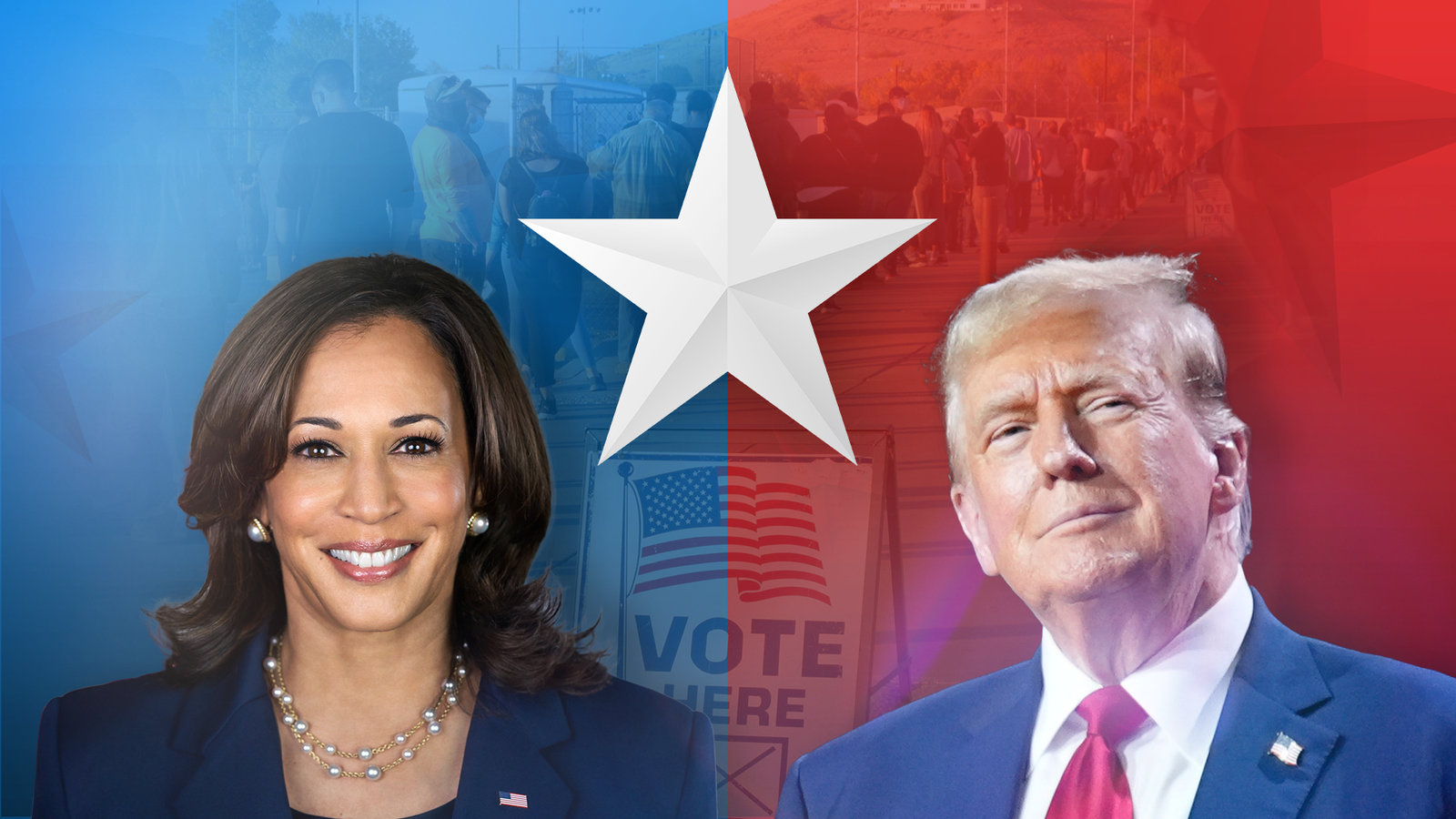What is a Federal Student Financing?
With federal student financing, commonly referred to as government loans, citizens can borrow money or funding for their education directly from the federal government.
Types of federal student loans
- Direct UnSubsidized Loans
- Direct Subsidized Loans
- Direct PLUS Loans, of which there are two types: Grad PLUS Loans for graduate and professional students, as well as loans that can be given to a student’s parents, also known as Parent plus loans.
These federal student loans are available through the Federal Direct Loan Program. Since federal loans offer different benefits than private student loans, you should always try them first. Direct Subsidized Loans are for students with demonstrated financial need, as determined by federal regulations. There is no interest charged while an undergraduate student is in school at least half-time, during a period when loan payments are temporarily postponed, or during the period, usually six months after you graduate from school before you begin to make principal and interest payments
- Direct Unsubsidized Loans are federal student loans thatare not based on financial need. Your school determines the amount you can borrow based on the cost of attendance and other financial aid you receive. it charges interest during all periods and may be capitalized (when unpaid interest is added to a student loan’s principal amount), most times during the loan period, which may increase your total federal loan cost.
- Direct PLUS Loans are unsubsidized federal loans for parents of dependent students and graduate. PLUS loans can assist in paying for education expenses up to the cost of attendance,the amount of money your school estimates you’ll need to attend there one year, after your other financial aid is exhausted. Eligibility is not based on financial need, but a credit check is required. Borrowers who have an adverse credit history must meet additional requirements to qualify. Interest is charged during all periods and may be capitalized at certain times during the loan period.
Federal student loan benefits
- You can make payments based on your income.
Some federal student loans allow for income-driven or income-based repayment plans for qualifying borrowers, which payments are based on the borrower’s income and family size. - You won’t need a strong credit history to get federal student loans.
Unlike private student loans, the federal student loans don’t require the borrower to have a strong credit history. This can be especially helpful for recent high school graduates who plan on going to college but doesn’t have enough funds of their own. - You have flexibility.
Though any student loan either federal or private is a legal agreement and must be paid back with interest, federal student loans generally offer more flexible options than private student loans. For instance, with federal student loans, the borrower can change their repayment options even after the loan has been sent to your school. - You don’t need a cosigner.
With most federal student loans, other than Direct PLUS Loans, the borrower’s credit is not considered, so you won’t necessarily need to apply with a cosigner.
How to apply for federal student loans for undergraduates
Applying for federal student loans is totally free. All you need to do is complete the free application for Federal Students Aid (FAFSA) . In addition to determining eligibility for federal student loans, the FAFSA also determines whether you may qualify for other federal student aid like grants and work-study. You need to submit the FAFSA, every year you’re enrolled in college to receive federal student aid.
The easiest and fastest way to file the FAFSA and check your eligibility for federal student loans is online. Your application will be processed within 3-5 days. You can also send a mail in a paper application, but processing it will take about 7-10 days. Submitting the FAFSA is totally free.
What happens after you submit the FAFSA
After you submit the FAFSA, a Student Aid Report will be sent to you by the government which gives you basic information about your eligibility for federal student aid. The colleges you included on your FAFSA will have access to this information, and they’ll use it to determine the amount of federal student loans, grants, and work-study you may qualify for.
The colleges you’re accepted to will send you a financial Aid offer detailing the financial aid you are qualified to receive, including federal student loans, grants, and work-study.The amount of federal aid you receive from each school might change often, just as the cost of attending each school varies.
Federal student loans for graduate students
Graduate students may qualify for aid from these federal student aid programs:
- The William D. Ford Federal Direct Loan (Direct Loan) Program
- Teacher Education Assistance for College and Higher Education (TEACH)
Note:
To find out if the school you’re interested in participates in the federal student aid programs,you can use a college search tool hosted by the National Center for Education Statistics.
 US ELECTION 2024 - GET REAL-TIME UPDATE CLICK HERE
US ELECTION 2024 - GET REAL-TIME UPDATE CLICK HERE









I need loansfpr business to gruth